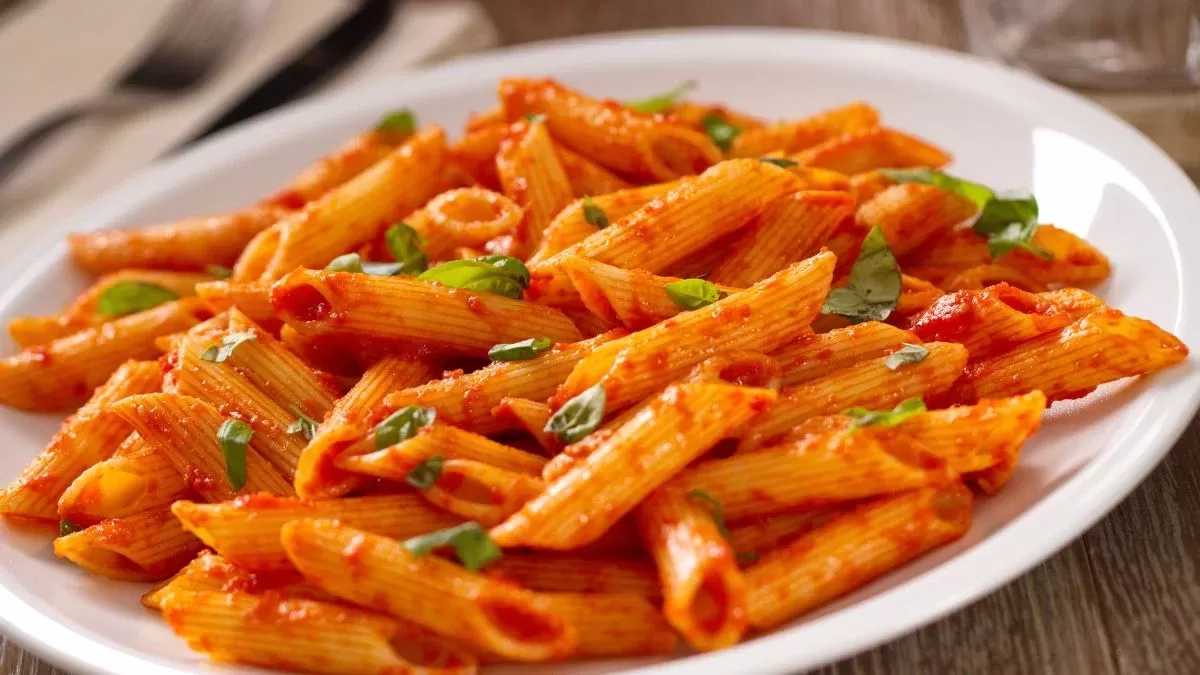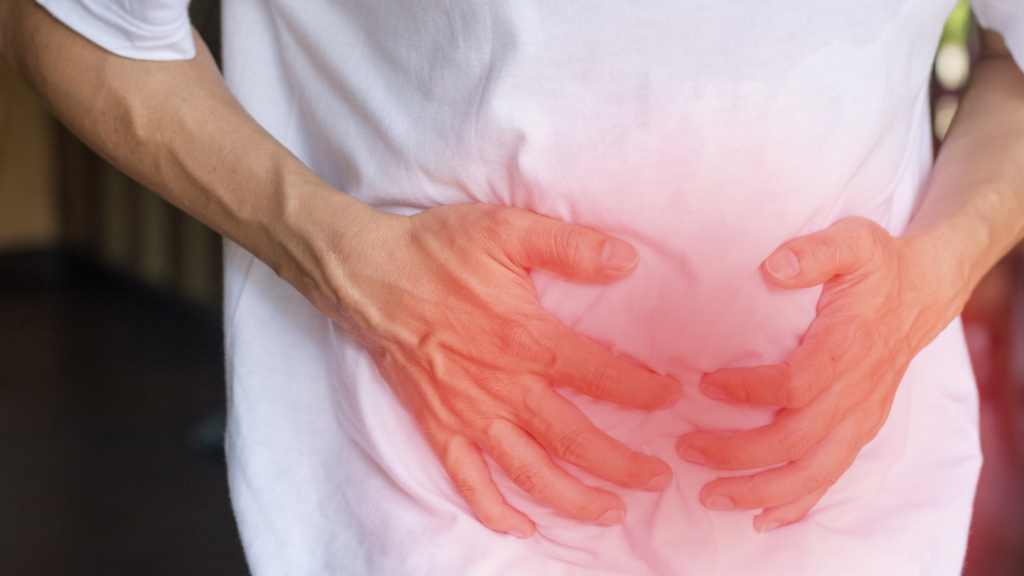
Exploring Pasta After Gastric Sleeve: A Guide for Post-Op Nutrition
After gastric sleeve surgery, many patients look forward to reintroducing their favorite foods — and pasta is one of the most commonly asked about. Questions like “when can I eat pasta after gastric sleeve?” and “can I eat pasta after gastric sleeve?” are extremely common as patients transition through diet phases. While pasta can fit into a post-sleeve lifestyle, it must be introduced slowly, carefully, and at the right time.
This guide explains everything you need to know about pasta after gastric sleeve, including when it’s safe to reintroduce it, how it may affect digestion, what types work best, and how to avoid discomfort as your stomach heals.
Can You Eat Pasta After Gastric Sleeve Surgery?
The short answer: yes — but not right away, and not in large portions.
Many patients ask “can you eat pasta after gastric sleeve?” or “can I eat noodles after gastric sleeve?” because pasta is dense, expands when cooked, and is higher in carbohydrates. These qualities make it more challenging for the stomach to process in the early stages of recovery.
Pasta can cause:
- Pressure in the upper stomach
- Quick fullness
- Cramping
- Blood sugar spikes
- Nausea if eaten too early
For these reasons, pasta after bariatric surgery must be introduced slowly and intentionally.
When Can You Eat Pasta After Gastric Sleeve?
This is one of the most searched questions: “when can I eat pasta after gastric sleeve?” and “when can you eat pasta after gastric sleeve?”
Here’s a clear breakdown:
0–4 Weeks (Liquid / Puree Stage): Avoid Pasta
Your stomach is healing from surgery, and pasta is far too dense.
4–8 Weeks (Soft Foods Stage): Still Avoid Pasta
Even soft pasta is too gummy and can clog or irritate the healing sleeve.
8–12 Weeks (Transition Stage): Small, Soft Portions Allowed
This is when “when can I have pasta after gastric sleeve?” is finally answered:
- Start with 1–2 tablespoons
- Try soft, short pasta shapes
- Pair with protein
12+ Weeks (Regular Bariatric Maintenance): More Flexibility
Patients can explore more pasta options as long as they focus on portion control and protein-first eating.
Because tolerance varies, always introduce pasta slowly and listen to your body.
Why Pasta Can Be Problematic After Gastric Sleeve

When patients ask “can I eat pasta after gastric sleeve?” the follow-up question is usually why is it so tricky?
Here are the main reasons:
1. Pasta Expands After Cooking
This can create pressure and discomfort on the smaller stomach.
2. Carb-Heavy Foods Are Less Filling
Pasta after bariatric surgery can crowd out protein, which is essential for healing and long-term success.
3. Pasta Digests Quickly
This may lead to:
- Hunger sooner
- Blood sugar spikes
- Cravings
Understanding how many carbohydrates are appropriate after gastric sleeve surgery can also make it easier to decide how much pasta fits comfortably into your daily intake.
4. Pasta Is Easy to Overeat
Soft foods slide down more easily, making portion control harder.
5. Thick Sauces Can Cause Nausea
Heavy cream or cheese sauces may overwhelm a healing stomach.
Signs Your Body Isn’t Ready for Pasta Yet
If you try pasta too early, your body will tell you. Watch for:
- Tightness or pressure after a few bites
- Nausea
- Excessive fullness
- Sharp discomfort in the upper abdomen
- Feeling “stuck”
- Immediate fatigue after eating
If these happen, pause pasta for a few weeks and retry later. Feeling unusually tired after eating can sometimes relate to overall post-surgery fatigue, which many patients experience in the early stages of recovery.
How to Add Pasta After Gastric Sleeve Safely

Whether you’re wondering “when can you have pasta after gastric sleeve?” or “when can I have pasta after gastric sleeve?”, these tips help ensure a smooth transition.
Start with 1–2 Tablespoons
Keep servings small and controlled.
Choose Soft Pasta Shapes
Short pastas like elbows, shells, or rotini are easier to tolerate.
Chew Thoroughly
Pasta requires more chewing than soft proteins.
Eat Protein First
This prevents overeating carbs and supports nutrition goals.
Avoid Heavy Sauces
Use lighter options like marinara, olive oil, or broth.
Keep Meals Moist
Add a bit of broth or sauce to avoid stickiness.
Best Pasta Options for Gastric Sleeve Patients
When reintroducing pasta after gastric sleeve, choose options that are easier on digestion.
Short Shape Pasta
Easy to chew and portion.
Whole Grain or High-Protein Pasta
- More filling
- Slower digestion
- Better blood sugar control
Legume-Based Pasta (Chickpea, Lentil)
High protein + fiber = more satiety.
Softened Long Pasta
Spaghetti or linguine should only be tried after 3–4 months.
Healthy Ways to Enjoy Pasta at Home
To make pasta after bariatric surgery more nutrient-dense:
- Add lean protein (chicken, turkey, shrimp, tofu)
- Mix in vegetables (spinach, zucchini, mushrooms)
- Choose lighter sauces
- Aim for a 1:1 pasta-to-protein ratio
- Keep total pasta serving to ¼–½ cup
This keeps blood sugar stable and prevents overeating. Some patients also explore how dairy products fit into their post-sleeve diet, especially when choosing sauces or toppings for pasta dishes.
Common Mistakes to Avoid
When patients reintroduce pasta too quickly, issues often happen because of:
- Eating pasta alone without protein
- Eating too quickly
- Choosing sticky or undercooked pasta
- Using heavy, creamy sauces
- Eating larger portions than tolerated
- Eating pasta during emotional hunger
Avoiding these helps ensure comfort while still enjoying pasta long-term. It’s also helpful to understand which foods are generally discouraged after gastric sleeve surgery, since certain ingredients or textures can make pasta meals more difficult to tolerate.
Long-Term Pasta Tolerance After Gastric Sleeve

After 6–12 months, most patients can tolerate pasta more regularly, in small portions. Sleeve restriction changes over time, so digestion may feel different during the first year.
Continue prioritizing:
- Protein first
- Chewing thoroughly
- Avoiding overly frequent pasta meals
Even long-term, pasta should be eaten in moderation to support weight-loss maintenance. Many patients are also curious about changes in hunger patterns after surgery, which can influence how often they choose carbohydrate-based foods like pasta.
Final Thoughts
Pasta can absolutely return to your diet after gastric sleeve surgery, but timing, portion size, and preparation methods matter. Understanding when can I eat pasta after gastric sleeve, recognizing signs of intolerance, and introducing pasta gradually helps ensure a smooth and comfortable return to your favorite meals.
If you experience discomfort when reintroducing foods or want personalized guidance about pasta after gastric sleeve surgery in Maryland, the bariatric specialists at Ascension Saint Agnes Bariatric Surgery can support your nutritional journey and help you navigate safe post-operative food transitions.
FAQs
When can I eat pasta after gastric sleeve?
Most patients can begin introducing soft, small portions around 8–12 weeks post-op.
Can I eat pasta after gastric sleeve earlier than 2 months?
No. Pasta is too dense and expands, making it difficult to tolerate early in healing.
Can I eat noodles after gastric sleeve?
Yes — but only once you reach the soft-solid stage and introduce them slowly.
What kind of pasta is easiest to digest?
Short, soft pasta shapes like elbows or shells are best in the beginning.
How much pasta can I have after gastric sleeve?
Start with 1–2 tablespoons and eventually work up to a ¼–½ cup serving.